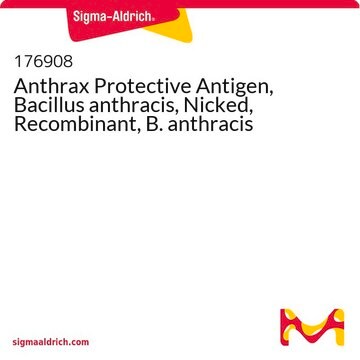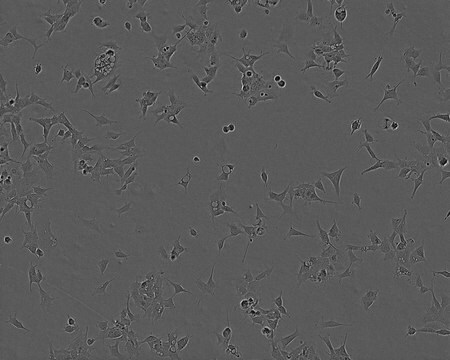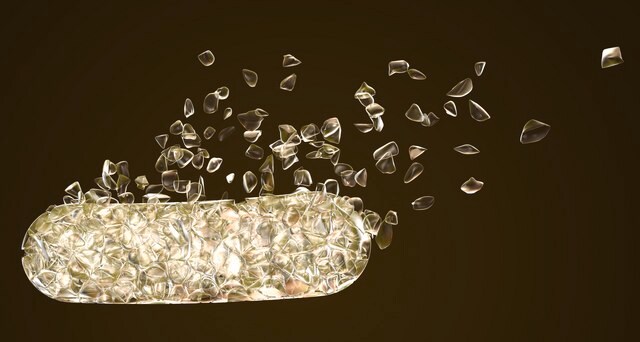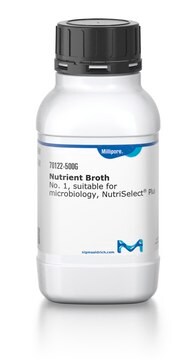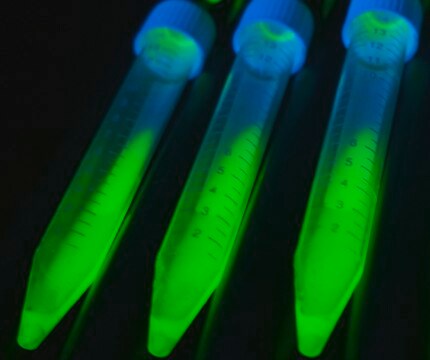推荐产品
product name
Anthrax Protective Antigen, Bacillus anthracis, Recombinant, B. anthracis, Anthrax Protective Antigen, Bacillus anthracis, Recombinant, is the protective antigen that mediates the entry of anthrax lethal factor and edema factor into the target cell.
品質等級
形狀
lyophilized
製造商/商標名
Calbiochem®
儲存條件
OK to freeze
運輸包裝
ambient
儲存溫度
2-8°C
一般說明
Recombinant, Bacillus anthracis anthrax protective antigen expressed in a special strain of B. anthracis. One of three protein components of anthrax toxin produced by the pathogenic bacterium, Bacillus anthracis. Central moiety that mediates entry of lethal factor (LF) and edema factor (EF) into the target cell. PA83 binds to the cell surface via a type I membrane receptor with a von Willebrand factor A domain, known as anthrax toxin receptor. PA83 is proteolytically activated in vivo by a furin-like protease to produce a 63 kDa protein (PA63). PA63 self-associates to form a heptameric, cation-selective, voltage-gated, membrane channel that subsequently binds to LF and/or EF. Cleavage of the 20 kDa fragment from PA83 is necessary for binding of protective antigen to LF and EF.
Recombinant, Bacillus anthracis anthrax protective antigen expressed in a specialized strain of B. anthracis. One of the three protein components of Anthrax toxin, protective antigen (PA) is the central moiety that mediates the entry of lethal factor and edema factor into the target cell. PA binds to the cell surface via a type I membrane protein with a von Willebrand factor A domain called anthrax toxin receptor. After proteolytic activation to a 63 kDa fragment, PA self-associates to form a heptameric cation-selective, voltage-gated membrane channel.
生化/生理作用
Cell permeable: no
Primary Target
Type I membrane protein with a von Willebrand factor A domain called anthrax toxin receptor
Type I membrane protein with a von Willebrand factor A domain called anthrax toxin receptor
Product does not compete with ATP.
Reversible: no
包裝
yes
警告
Toxicity: Standard Handling (A)
外觀
Lyophilized from 50 mM NaCl, 5 mM HEPES, pH 7.5.
重構
Following reconstitution aliquot and freeze (-20°C). Avoid freeze/thaw cycles of solutions. Stock solutions are stable for up to 6 months at -20°C.
Reconstitute in 100 µl sterile, distilled H₂O to yield a final concentration of 1 mg/ml.
分析報告
Single major band by SDS-PAGE. Several smaller minor components are apparent that may represent cleavage fragments of the PA.
其他說明
Mogridge, J., et al. 2002. Biochemistry41, 1079.
Nassi, S., et al. 2002. Biochemistry41, 1445.
Ahuja, N., et al. 2001. Biochem. Biophys. Res. Commun.286, 6.
Bradley, K.A., et al. 2001. Nature414, 225.
Brossier, F., and Mock, M. 2001. Toxicon39, 1747.
Nassi, S., et al. 2002. Biochemistry41, 1445.
Ahuja, N., et al. 2001. Biochem. Biophys. Res. Commun.286, 6.
Bradley, K.A., et al. 2001. Nature414, 225.
Brossier, F., and Mock, M. 2001. Toxicon39, 1747.
法律資訊
CALBIOCHEM is a registered trademark of Merck KGaA, Darmstadt, Germany
儲存類別代碼
11 - Combustible Solids
水污染物質分類(WGK)
WGK 1
閃點(°F)
Not applicable
閃點(°C)
Not applicable
我们的科学家团队拥有各种研究领域经验,包括生命科学、材料科学、化学合成、色谱、分析及许多其他领域.
联系技术服务部门
